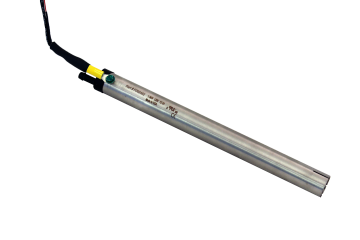
Deflashing Injection-Molded Parts
Injection molding is a common industrial technique utilized for the high-volume production of plastic components. The process involves heating plastic until it reaches a thermoplastic state, making it pliable enough to be injected into a mold. However, this method can result in a seam where different sections of the mold come together. This seam often produces excess plastic called flash, which must be removed, particularly in areas where a smooth surface finish is crucial or where the excess material could cause mechanical interference.
The occurrence of flash can be attributed to various factors, including mismatches along the seam, inadequate venting, insufficient clamping pressure, poor support of the sprue bushing, and plastic material with excessively low viscosity. Traditional flash removal is performed manually using a knife, but this method can be labor-intensive, inconsistent, and pose safety risks to workers. In contrast, utilizing process heat for deflashing offers significant advantages in terms of quality, consistency, cost-effectiveness, and safety.
For thermoplastic components, flash can be efficiently removed through the careful application of heat using one of TUTCO SureHeat’s process heaters. This eliminates the need for manual trimming, which is not only time-consuming but also prone to varying results. Designing an optimal heat-based deflashing system involves numerous factors, including air stream temperature, the angle air is applied, and the dwell time on each part. Each of these factors plays a critical role in achieving the desired results.
Designed for use with compressed or regenerative blowers, TUTCO SureHeat Heat Solutions come with built-in type K thermocouples to accurately measure temperature. Used with our TUTCO SureHeat Control Panels, operators have a heat source that is controllable and consistent. Our heaters are installed in a downward position, directing the hot air stream onto the part, ensuring that the heated plastic and removed flash fall safely away from the operator.
While injection molding is a highly effective method for producing plastic parts, the occurrence of flash is a common issue that must be addressed. Unlike hand trimming, which can vary significantly, SureHeat heaters provide a controlled, safe, and repeatable process. By employing advanced deflashing techniques using electric heat, manufacturers can achieve high-quality, consistent results while improving safety and efficiency.


